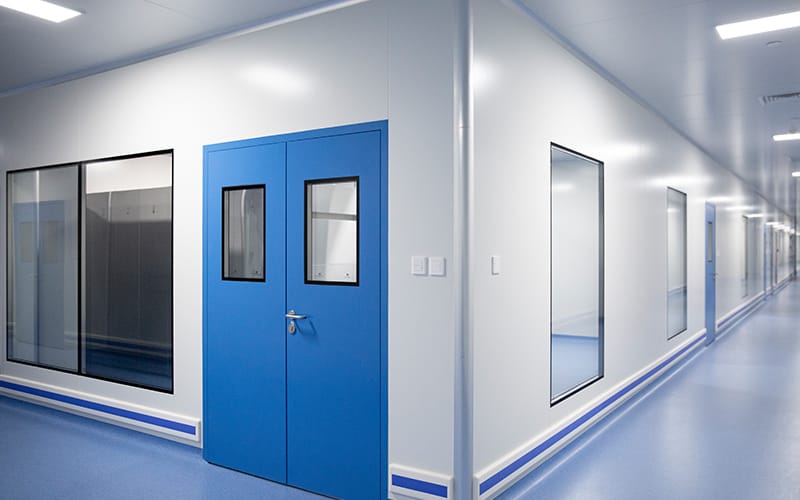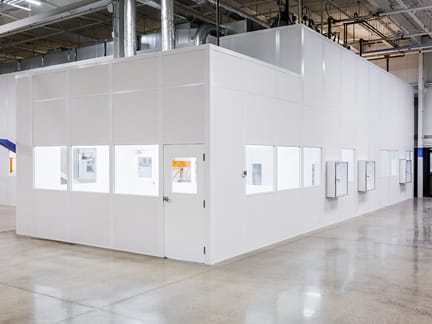Products
OUR PRODUCT RANGE
Surface Preparation System
SFS Innovative Solutions Provides Dip Chemical Treatment with PLC Based Transportation or Electrically
operated Over Head Hoist for Material Movement.
Pre-Treatment are designed to improve processing quality and to conserve energy. high-performance washing system (Parallel Separator), and counter-flow circulation tank in the degrease process, and high-pressure spray water washing processes.
Accessories:
- PHE
- Sludge Separator System
- Oil skimmer System
- Auto Dosing System
- Water Treatment System
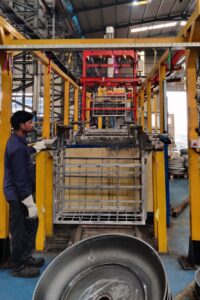
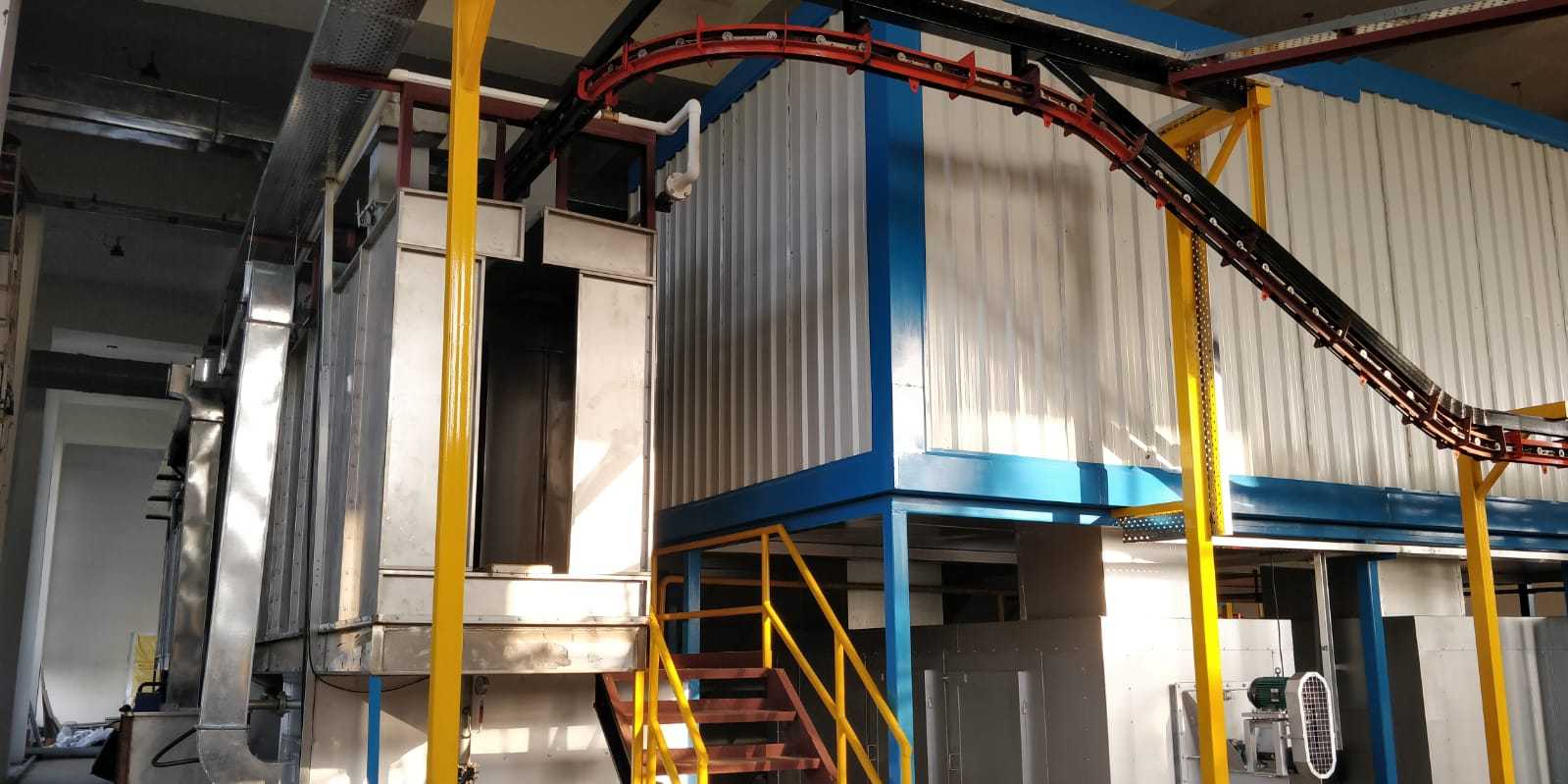
CED Plant System
- Fully automatic operation, Film thickness can be controlled.
- Uniform coating.
- Better coverage in box and interior surfaces.
- Good coverage of sharp corners.
- No runs and sags.
- No solvent boils.
- Better chip and corrosion resistance.
- Nearly 100% paint utilization.
- Superior in anti-pollution, safety, health hazards.
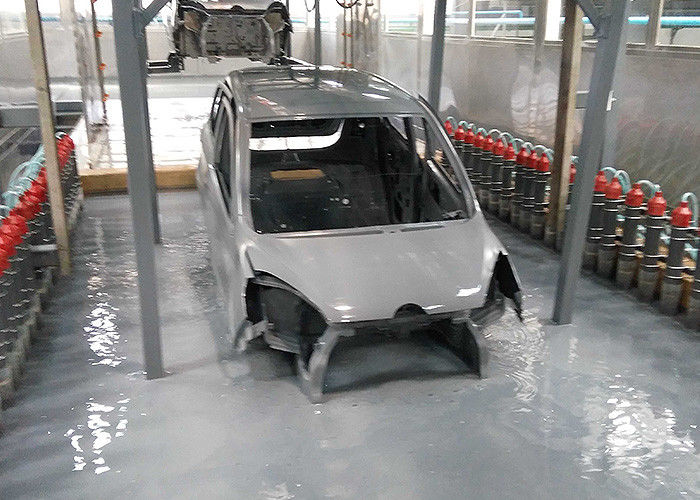
Liquid Painting System
- Wet Booths – Circulation of water is provided in these booths to remove excess paints and solvents wet booths are used for mass production.
- Wet booths are of Two types
- Side draft Booth
- Down draft Booth
- Dry Booths – With paint arrestor filters in exhaust these booths are used for touch up/correction work.
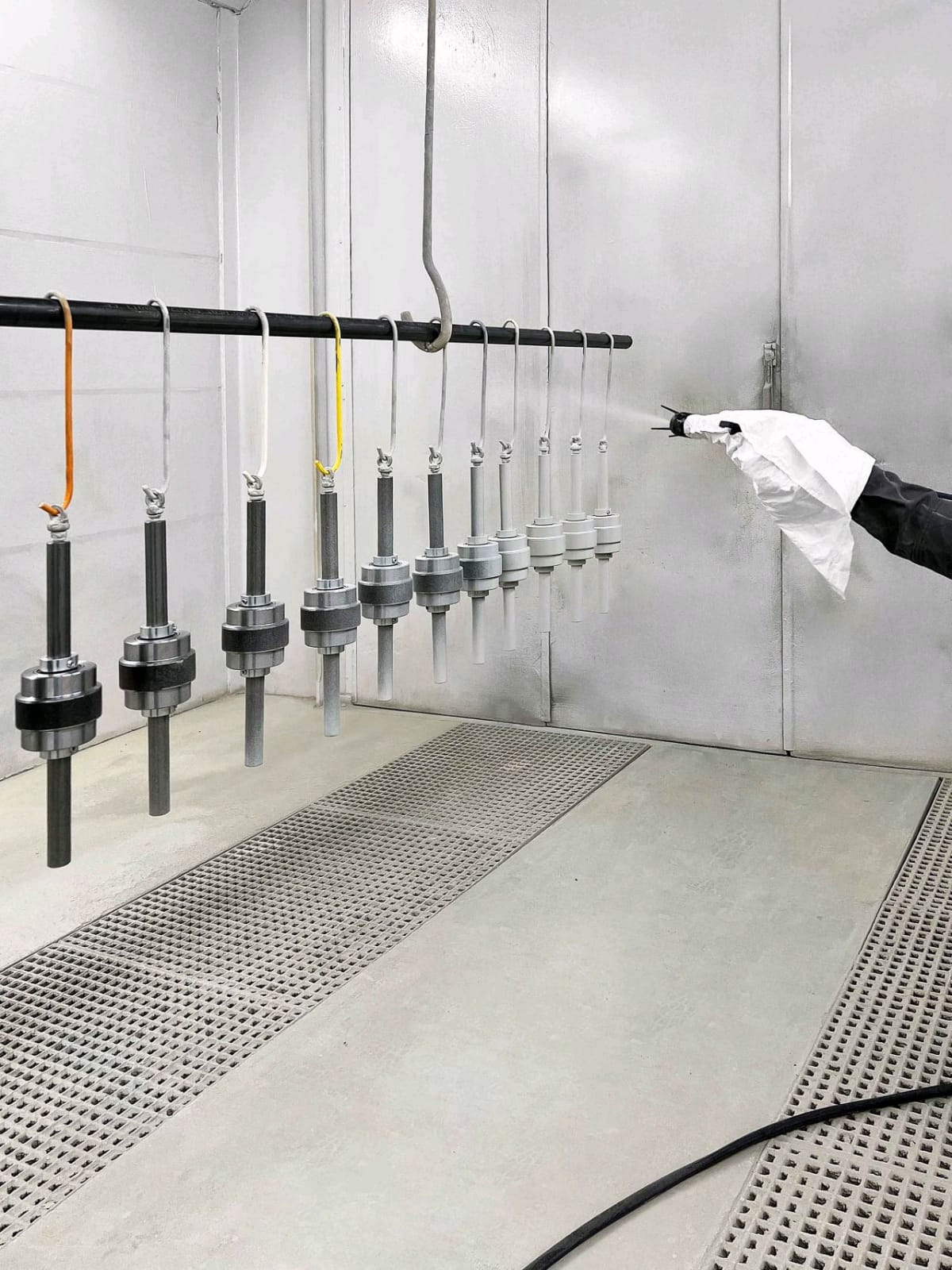
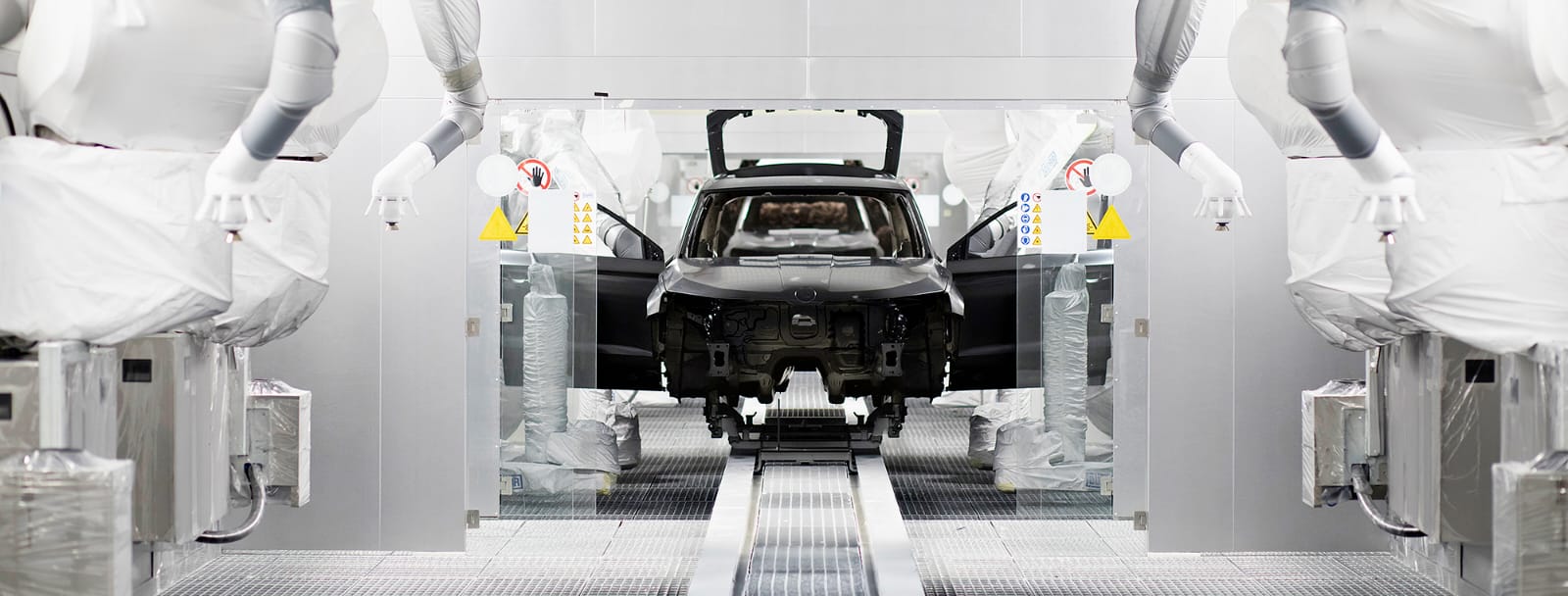
Powder Coating System
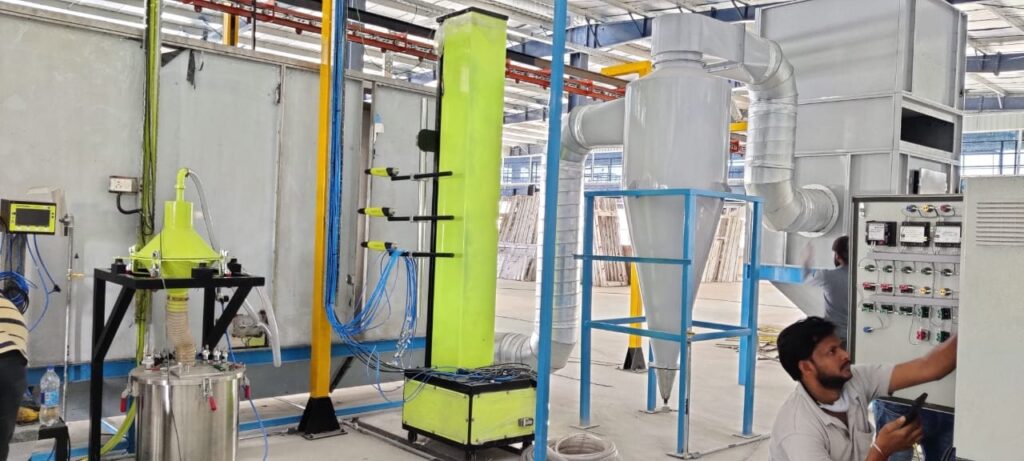
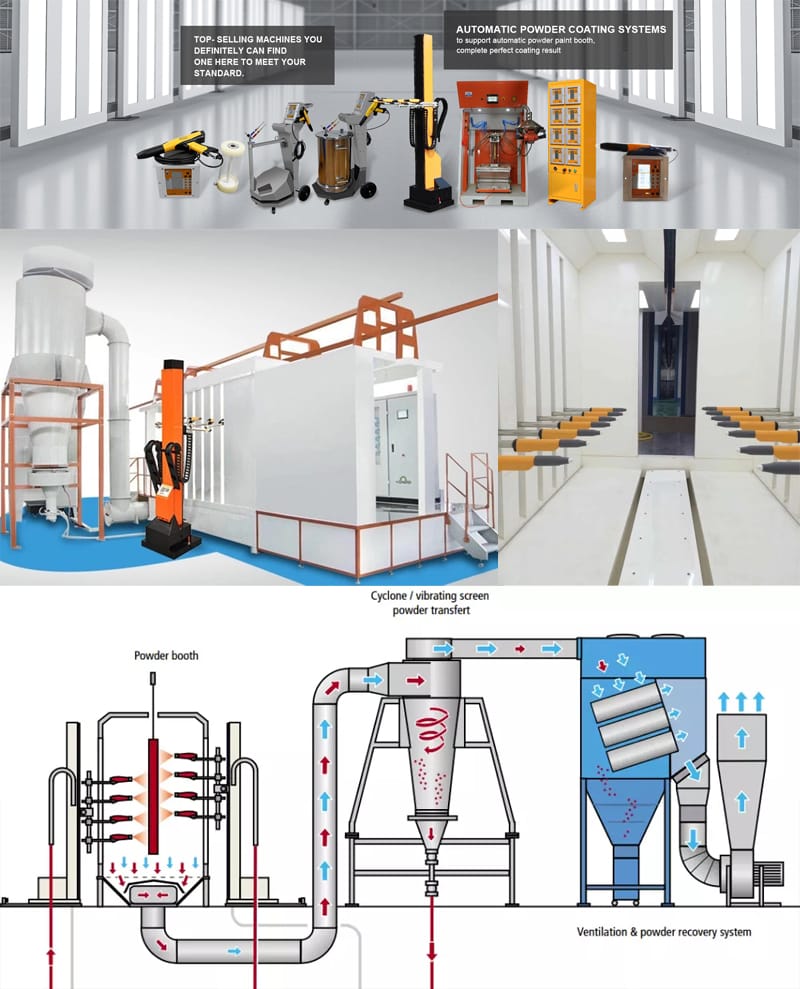
Curving Ovens
Ovens are designed to consume low power/Fuel with a uniform temperature throughout the Oven. Various
safety features like Blower/Heat Source interlock, Pressure release mechanisms and Auto Shut-offs are
provided to make these ovens fully safe. ovens can be heated by:
- Electric Heaters Normally for Small Batch Type Applications.
- Gas Fired- CNG / PNG/ LPG /Propane-Normally used for large ovens . The Gas fired ovens can be
– Direct Fired
– In-Direct Fired. - IR Heated-normally used for Plastic/ABS curing in a Tunnel type Oven.
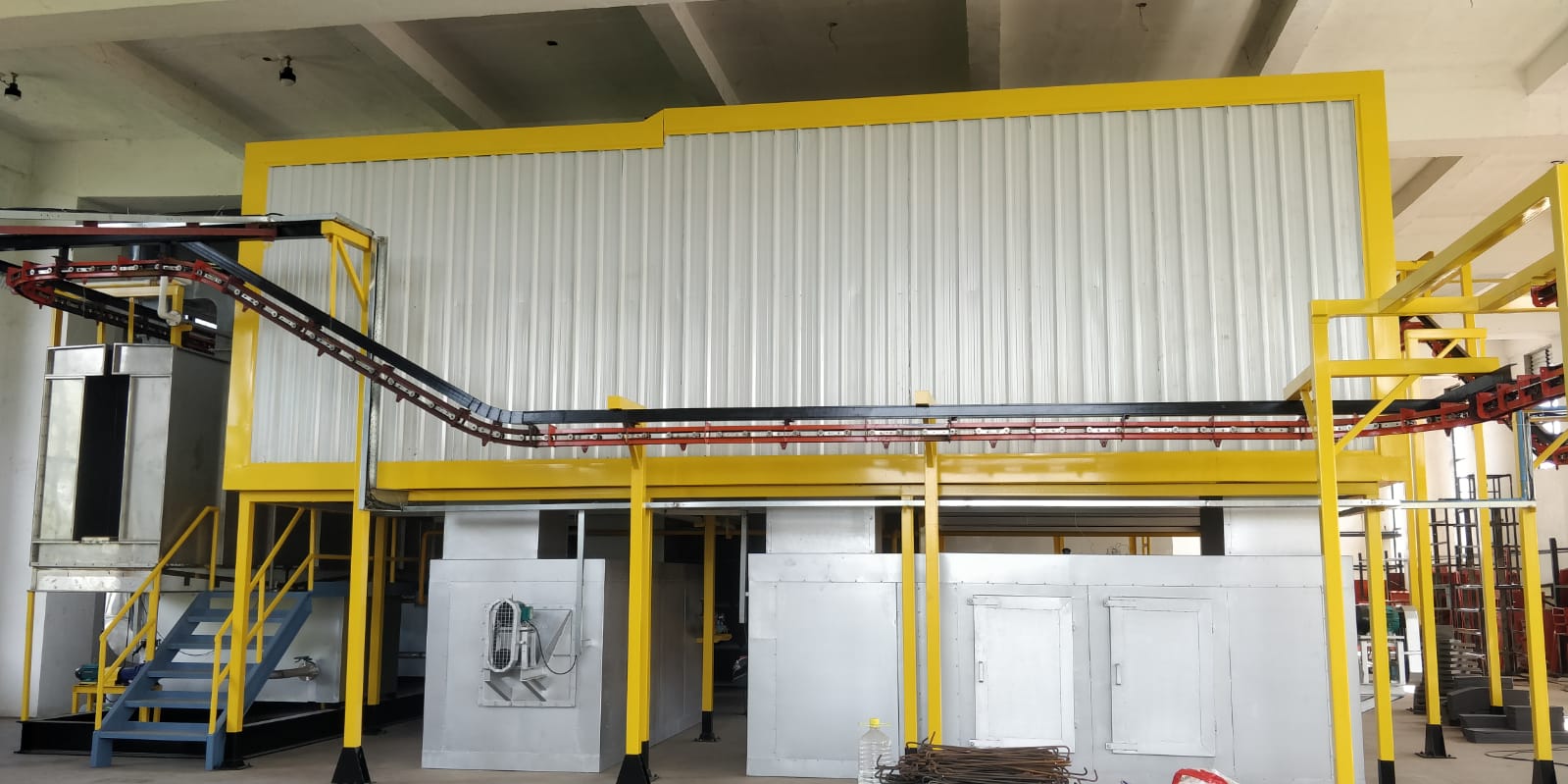
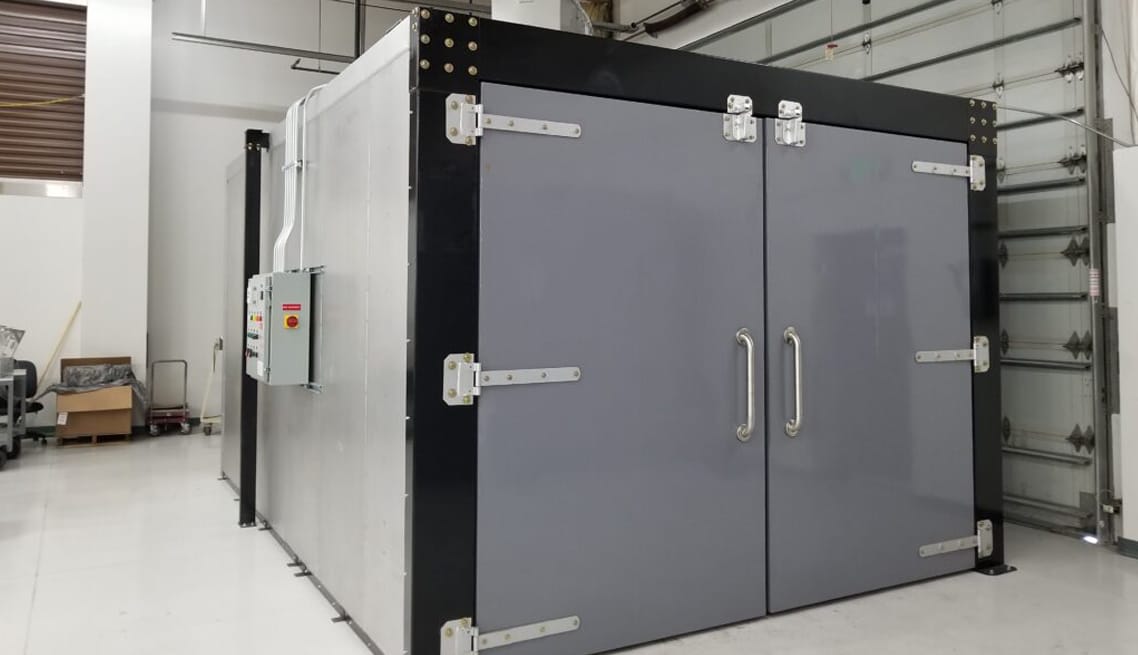
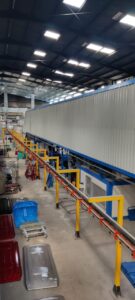
Electric Control Panels
- Conventional type of panels
- PLC/Touchscreen Panels
- Scada Based Control Panels
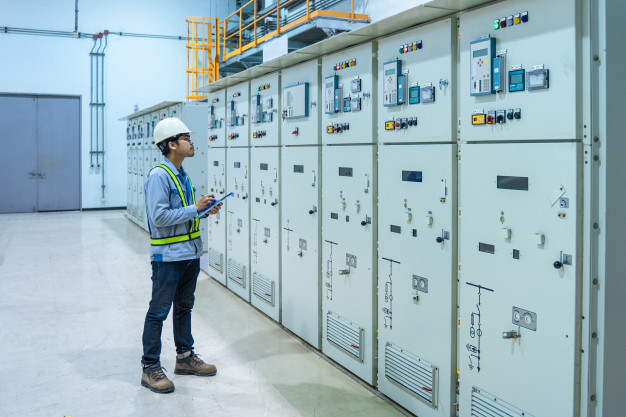
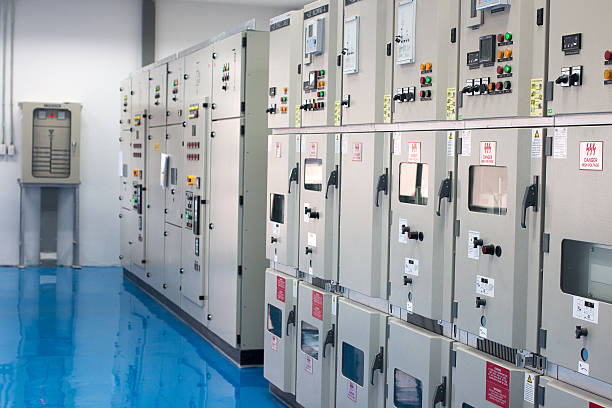
Shot-Blasting


- Air Operated Shot Blasting Machine -Portable Blasting Machine. – Cabinet Type Shot Blast Machine.
- Airless Shot Blasting Machine – Tumblast Type Shot Blasting Machine. – Table Type Shot Blasting Machine. – Hanger Type Shot Blasting Machine. – Diabola Tunnel Type Shot Blasting Machine. – Belt Conveyor Type Shot Blasting Machine. – Roller Conveyor Type Shot Blasting Machine. – Coil & Wire Shot Blasting Machine. – Shot Peening Machine.
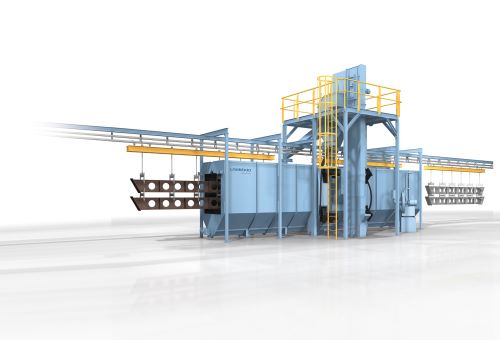
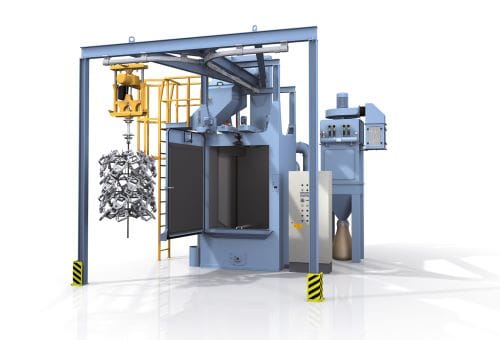
Blast Room Systems
- Abrasive Blasting Machine.
- Abrasive Recovery & Re-cycling System.
- Dust Collectors
- Job Handling System.
- Wall Protection Rubber Lining.
- Illumination.
- Electric Control Panel.
- Operator Safety Wears.

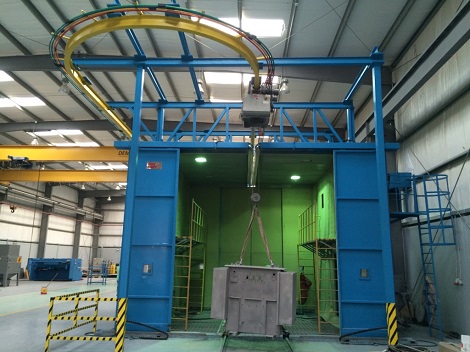
Liquid & Powder Coating Equipment
- Automatic Spray Guns – Conventional / HVLP / Electrostatic.
- High Speed Rotary Atomisers (Bells) / Liquid and Powder.
- Reciprocating systems(Liquid and Powder)
- 1k, 2k and 3k Paint Circulation System
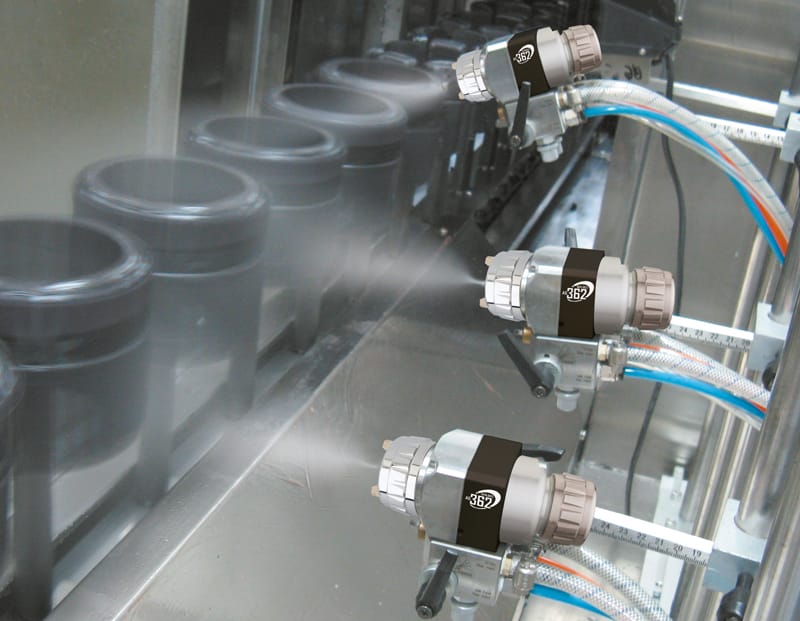


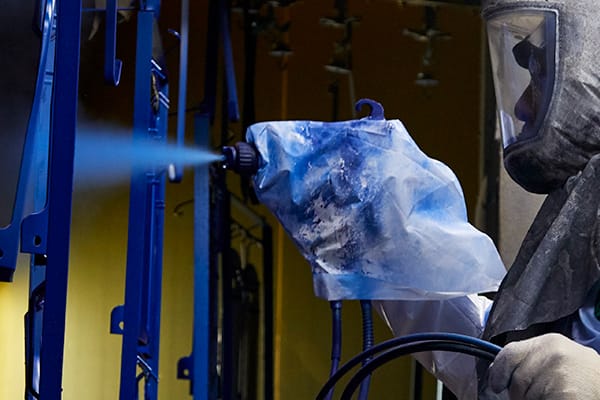
Material Handling System
- I Beam Conveyor.
- Power & Free Conveyors.
- Four Wheel conveyors.
- Closed Track /Clean Room Conveyors.
Types of Conveyors
As the name suggests, this family of conveyors are
installed on or below the floor level. Like overhead
conveyors, the floor conveyors basically comprise of chain,
track, drive unit, take up unit and oiler. Pegs / fixtures /
trolleys / pallets to support the component are generally
required depending on the type of component and
conveyor selected for the said application. The floor
conveyors are generally custom built depending on the
type of component to be handled as well as the
application / process requirement.
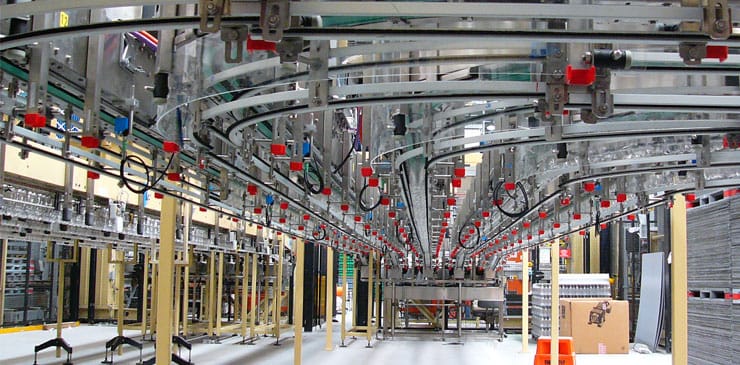
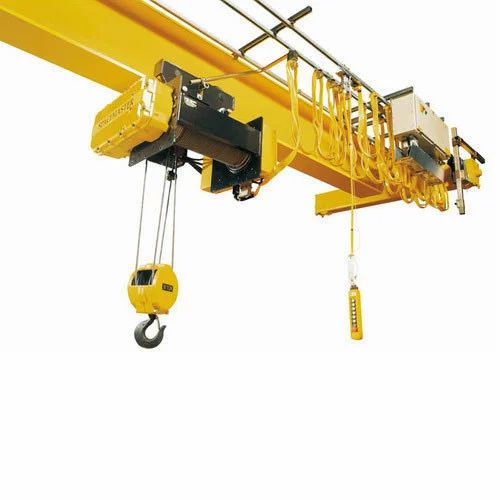
Transporter
This is the main operational / Production equipment for loading and unloading jobs into various tanks in the chemical process, with a programmed cycle. It is effective replacement to traditional hoist with touch of automation. The cycle is based on timings required in particular tank, as specified, and also sequenced in such a way that critical tanks (degrease, de-rust, zinc phosphate and WDO) are treated on priority, so jobs will be removed from these tanks with minimal time loss (to avoid damage to job). To achieve this there an overhead motorized wagon, mounted on wheels which can travel across all tanks & load / unload stands. Further this wagon has an up / down arrangement, also motorized, for lifting & lowering jobs into tanks. The machine also has flight bar which can carry the loaded basket.
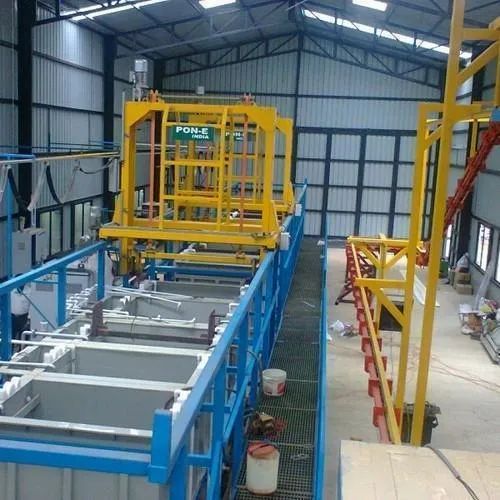
Air Supply System
- Filtration and control of the quality of the air that will reach the interior, thanks to the air purification filters, and depending on the retention of these filters, the air will be clean.
- Control of the air temperature that regulates the air conditioning system in cold or hot, so that the thermal sensation in the interior is the desired one.
- Relative humidity monitoring for greater indoor comfort.
- Air intake: air handling units collect air from outside, which is treated and distributed throughout the rooms; and/or indoor air that is “recycled”.
- Filter: depending on the air purity requirements, the filter applied will have a higher or lower particle, viruses, bacteria, odours, and other air pollutants retention.
- Fan: this is an electromechanical system that powers the air to expel it from the AHU to the ducts that distribute the air throughout the rooms.
- Heat exchangers: devices that transfer temperature between two fluids, in this case, coolant and air, separated by a solid barrier.
- Cooling coil: the air passing through this module is cooled. In this process, water droplets can be generated, which are collected in a condensate tray thanks to the built-in droplet separator.
- Silencer: coatings that considerably reduce the sound level of the installation.
- Plenums: empty spaces in which the air flow is homogenised.
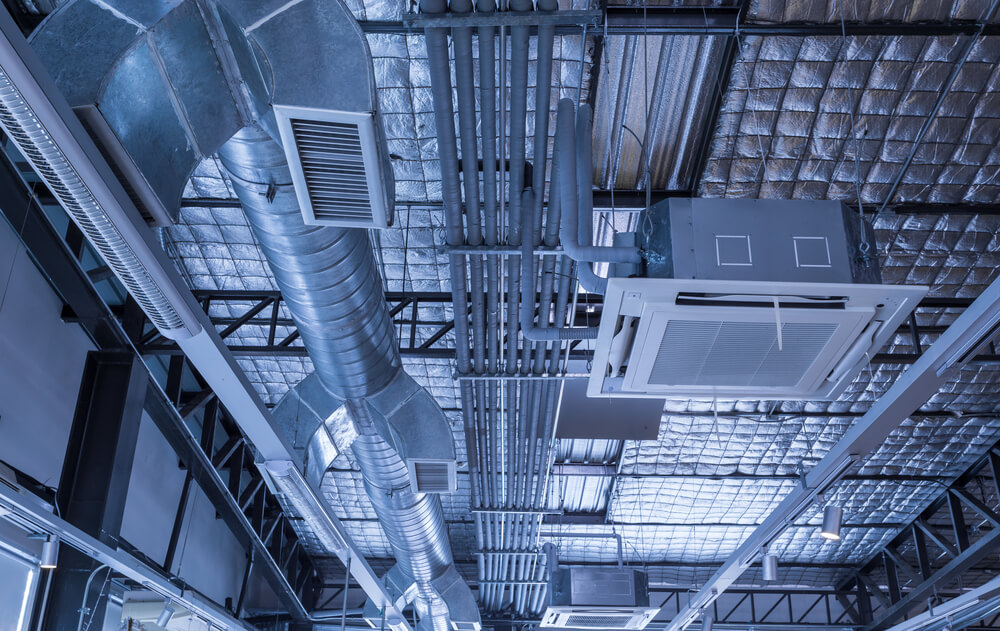
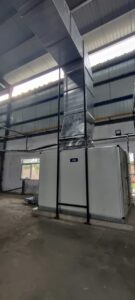
Shower tester booth
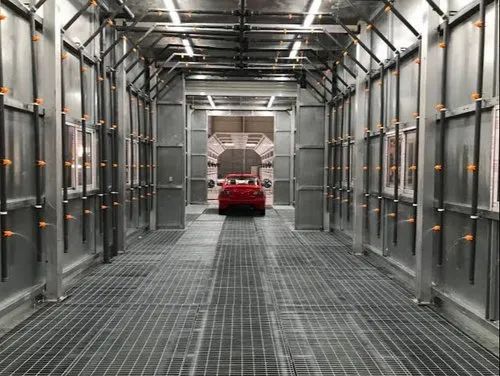
Cleanroom Enclosure Systems
